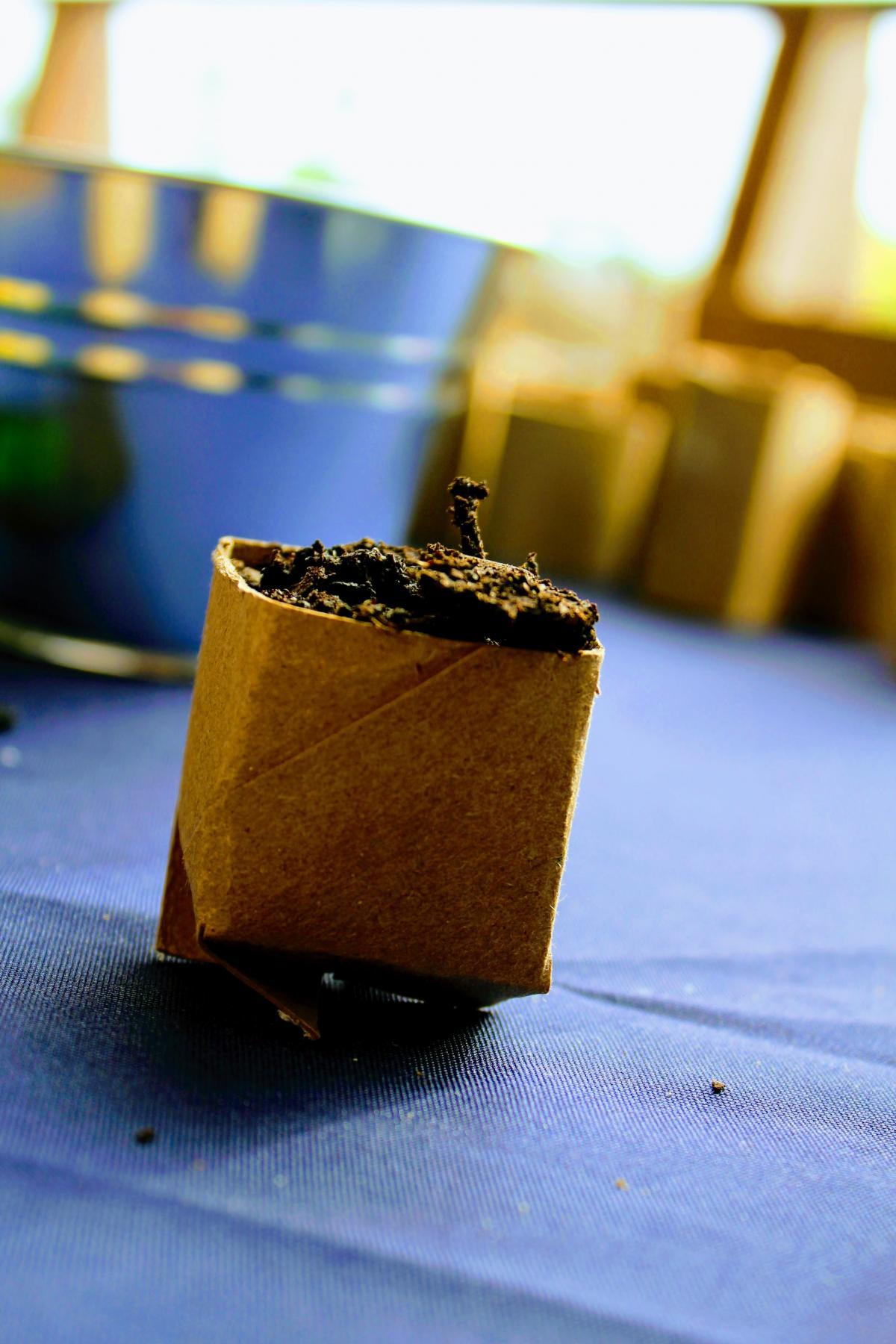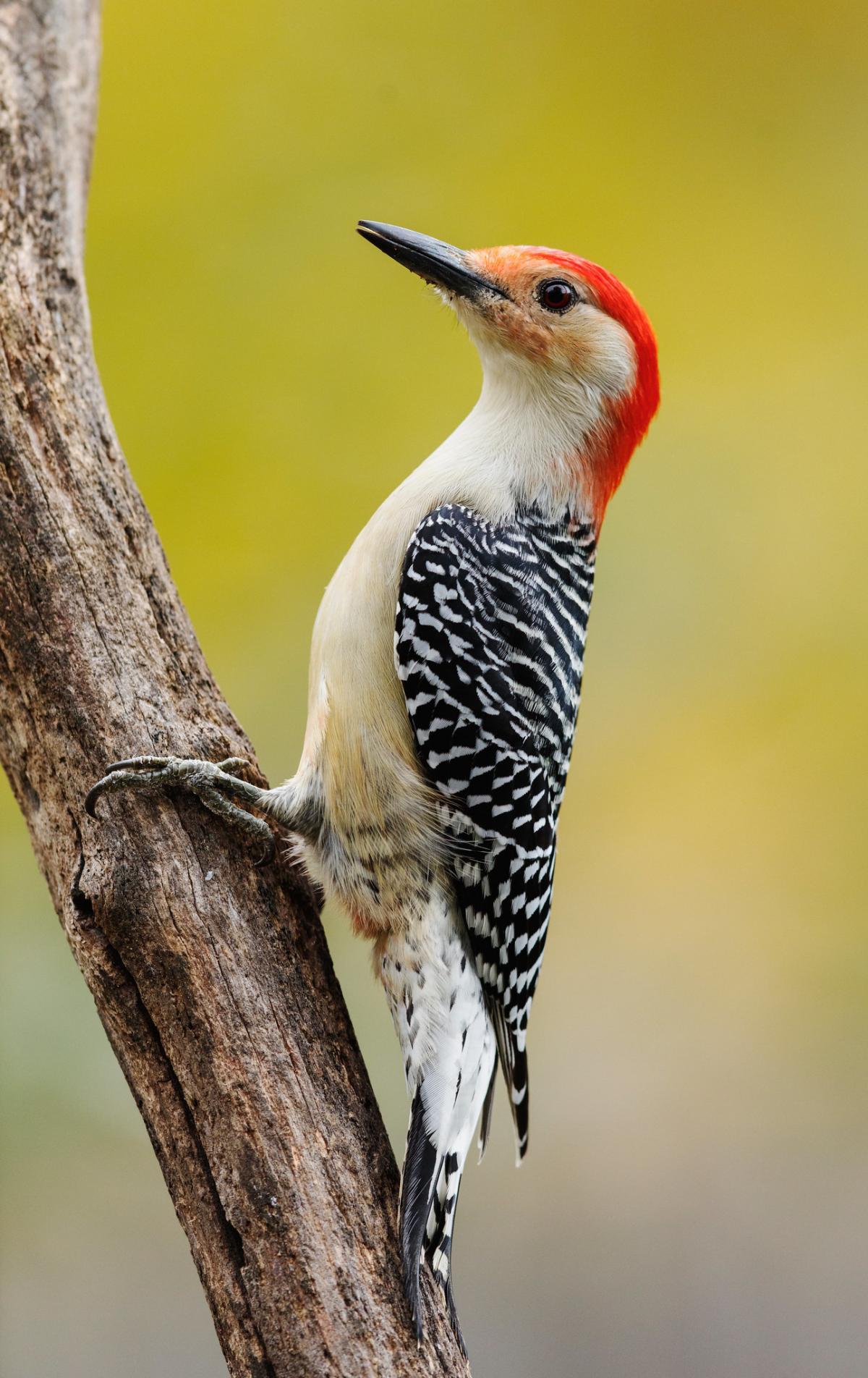Do you remember learning about Johnny Apple Seed? Public Lands Fund and the Student Conservation Association (SCA) have teamed up to engage citizens in tree education. In just a few minutes, you can learn about urban tree canopy and folklore with this fun and engaging activity.
Apple Tree Seed Starters are great for a family friendly, at-home activity, or a competitive team-builder. These seed starters are made from a few simple ingredients: apple tree seed, soil, and container. You can grow the seedlings throughout the winter and transplant in the spring or keep it potted as it grows into a young tree. Check out the how to steps and instructional video below to learn how to make a seed starter.
Interested in learning more? RSVP for our educational webinar here – link coming soon.
HOW TO MAKE A SEED STARTER
Materials Needed:
- Apple Tree Seeds (these steps will work for other seed types)
- Soil
- Repurposed or Biodegradable Container
- Water
- Pebbles (suggested)
- Scissors (suggested)
- Placemat (suggested)
Instructions:
- Cold Seed Stratification: Cold stratify the seed(s) for 60 days. (1) Stratification helps to breakdown the hard outer shell of the seed, encouraging germination. Click here for more details.
- Soak the seed(s) in water for 24 hours. (1)
- Identify if the bottom of your container has drainage holes. If your container does not, you can add drainage holes by poking holes in the bottom or by use pebbles as your base.
- Once you have located or created drainage, fill your container two-thirds full with soil. If the soil is dry, add some water to dampen before use. Make sure the soil is loosely packed so that does not have large air holes but is not compacted.
- Create a small hole in the center of your container, 1/4 inch deep. If you are planting multiple seeds, make sure to separate the planting holes by the recommended space on the seed package.
- Add the suggested number of seeds to each hole and cover with soil.
- Spray or pour water on your newly planted seeds until the soil is damp but not saturated. Seeds germination varies, 14-20 days generally, but may take longer. (1) Some seeds may not germinate.
- Using your best judgement, place your plant in an area with the recommended amount of sunlight needed.
Seeds may also be sown directly into the ground. For fall sowing, sow seed 1/4 inch deep in moist soil and mulch. The seeds should germinate in the spring. (1)
WHY ARE TREES IMPORTANT?
Trees convert carbon dioxide into oxygen, helping reduce air pollution and improving the air quality for humans and many other species. Trees can also act as a natural water filtration system as well as support for soil retention. Additionally, trees provide vital habitat to local wildlife, and fruit trees supply produce for humans and other animals.
WHAT ANIMALS LIVE IN TREES?
A wide variety of animals use trees as their home. Birds such as owls, woodpeckers, and many more nest in the branches of trees, which protects them from predators. Other animals include insects, reptiles, pollinators, and more.
WHY DO THESE HABITATS NEED HELP?
Tree populations are threatened due to urban sprawl, non-sustainable industrial practices, and other environmental disruptions. Trees can absorb nearly 50 pounds of carbon each year. (2) Greening cities can help offset carbon emissions and other environmental disruptions. SCA plants and maintains city trees in Chicago, Houston, NYC, Bay Area, and more.
NEED TO TRANSPLANT YOUR TREE SEED STARTER?
Check out SCA’s
Virtual Tree Planting page. SCA Tree Crew alum, Monica, will guide you in tree planting how to and best practices for care.
(1) Citation: My Seeds.Co, Growing Apples, www.MySeeds.co
About the Student Conservation Association (SCA)
Founded in 1957, SCA is the nation’s leading youth conservation service organization, providing young people with opportunities to serve nature and to shape their futures. Through programs that mirror the diversity of the U.S. population, SCA strives for a world in which conserving our environment is a lifelong commitment shared by all young people as they enter their careers and assume the responsibilities of citizenship. SCA’s Community Crew programs offer life-changing experiences for youth and young adults that lack representation and visibility by creating local, more diverse, and inclusive opportunities in the conservation field. This hyperlocal model seeks to empower and serve youth and communities who experience environmental injustice and make our cities more resilient.



